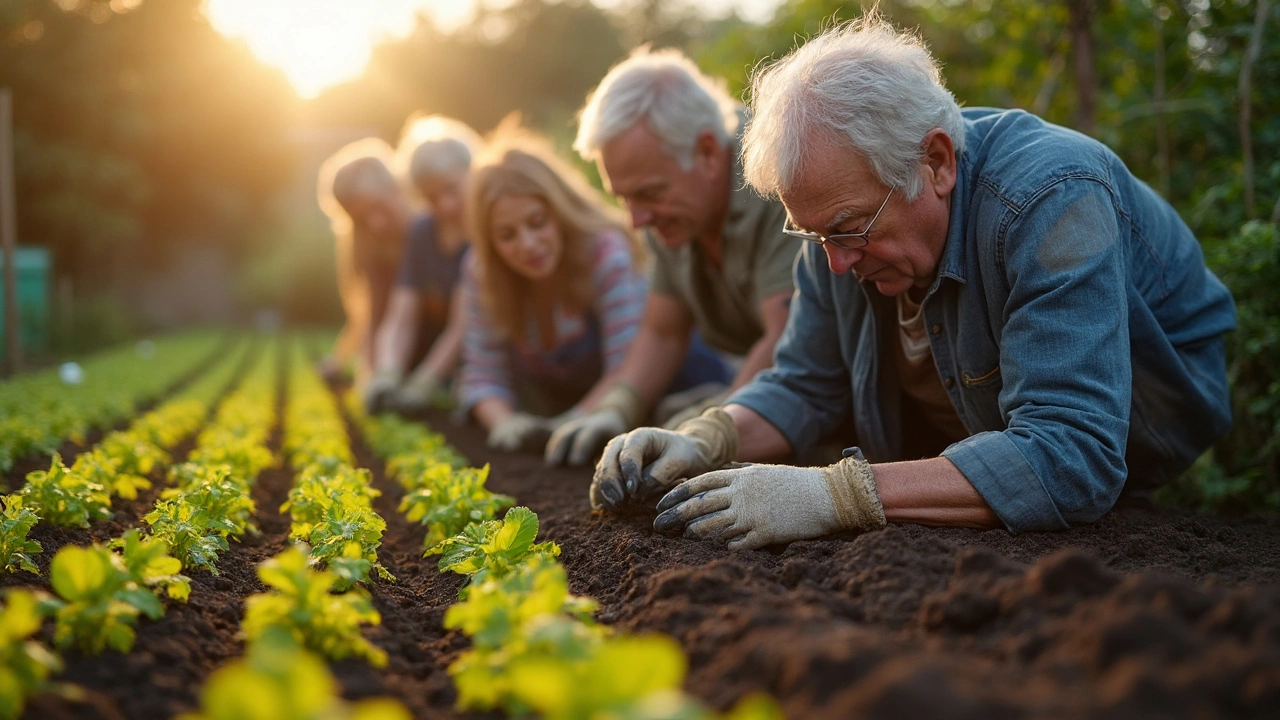Planting Made Easy: Quick Tips for Growing a Thriving Garden
If you’ve ever stared at a patch of soil and wondered how to turn it into something alive, you’re not alone. The good news? You don’t need a horticulture degree to get results. A few basic steps, a little patience, and the right mindset can turn any balcony, backyard, or windowsill into a green oasis.
Getting Started: Soil, Sun & Seeds
First thing’s first – know your soil. Good soil is the foundation of every plant, so spend a few minutes feeling it. If it’s heavy and clumpy, mix in compost or a bit of peat moss to improve drainage. If it’s sandy, add organic matter to help it hold moisture. A quick test: grab a handful, squeeze it. If it forms a ball that crumbles easily, you’re in good shape.
Next, check the sunlight. Most veggies and flowers need at least six hours of direct sun per day. Observe the spot from morning to evening and note where the light falls. If you only get a few hours, choose shade‑tolerant plants like lettuce, herbs, or hostas.
Now, pick your seeds. For beginners, start with fast‑growing, low‑maintenance varieties: radishes, beans, marigolds, or basil. Read the seed packet – it tells you the planting depth and spacing. A rule of thumb: plant seeds at a depth twice their size. Too deep and they’ll struggle; too shallow and they might dry out.
Day‑to‑Day Care: Watering, Feeding & Harvest
Watering is where many newbies slip up. The goal is consistent moisture, not a soggy mess. Early morning is the best time; the water reaches the roots before the sun evaporates it. Use a gentle spray or a watering can with a rose head to avoid washing seeds away. If you’re unsure, stick your finger an inch into the soil – if it feels dry, it’s time to water.
Feeding comes later. Once seedlings have a couple of true leaves, add a light feed of balanced liquid fertilizer or a handful of compost. Too much fertilizer can burn roots, so follow the package instructions and err on the side of less.
Watch for pests. A quick glance every few days can catch aphids, slugs, or snails before they cause damage. Hand‑pick larger bugs, and use a spray of soapy water for the tiny ones. Homemade remedies like garlic spray work well and keep chemicals out of the garden.
Harvesting is the rewarding finish. Pick vegetables when they’re just big enough – they’ll keep producing. For flowers, snip stems early in the morning to extend vase life. And don’t forget to clean up dead leaves or spent plants; this reduces disease and makes room for the next round.
Finally, enjoy the process. Planting isn’t just about the end result; it’s about watching life push through the soil, learning from mistakes, and feeling a little pride each time a seed sprouts. Stick to these basics, stay curious, and you’ll soon see a garden that not only looks good but feels good too.
